What Is NVIDIA Jetson? A Beginner’s Guide to Powerful Edge AI Modules
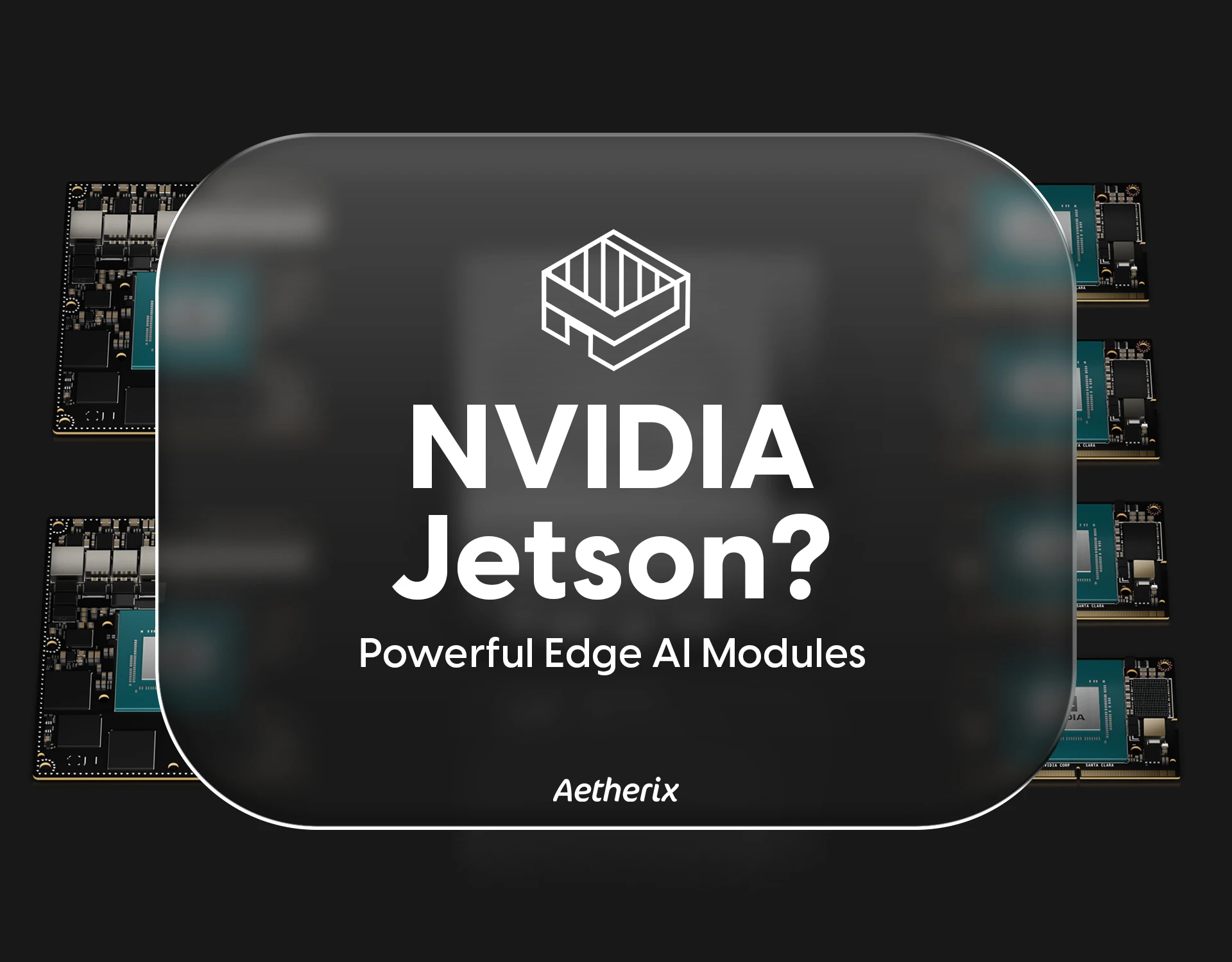
In the rapidly evolving world of edge computing and artificial intelligence (AI), NVIDIA Jetson stands out as one of the most powerful and flexible platforms available. Whether you’re developing a smart robot, building a security system with real-time video analytics, or deploying AI at the edge of the network, understanding what a Jetson module is—and what it needs to operate—is essential.
What Is an NVIDIA Jetson Module?
At its core, a Jetson module is a compact System-on-Module (SoM) built around an NVIDIA System-on-Chip (SoC). (Figure-1)
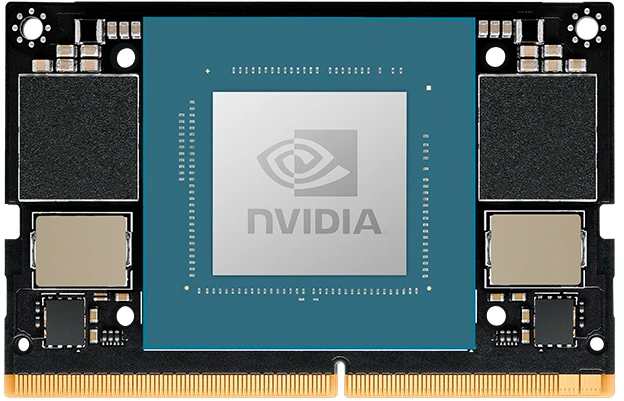
Figure-1
It integrates key components like a CPU, GPU, memory, and power management into a small, efficient package designed for edge AI workloads. This means the module alone contains the “brains” of the system, capable of running full Linux environments and AI models.
However, a Jetson module is not a complete computer on its own—to function, it must be connected to a carrier board,(Figure-2) which provides essential I/O, storage, and connectivity interfaces.
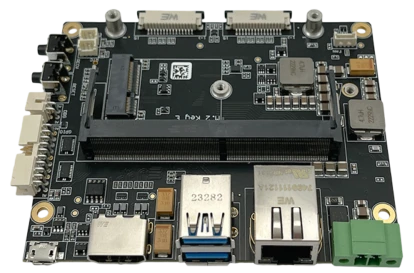
Figure-2
Why Jetson?
Jetson modules are designed for AI-powered embedded systems. They bring powerful GPU-accelerated computing to the edge, allowing developers to run neural networks and computer vision algorithms with low latency and without needing a constant cloud connection.
Key benefits include:
- High-performance AI inference at the edge
- Low power consumption
- Compact form factor
- Developer-friendly with support for Ubuntu Linux and NVIDIA JetPack SDK
Popular Use Cases
NVIDIA Jetson modules are used in a wide variety of real-world applications:
- Autonomous machines: robots, drones, and self-driving vehicles
- Smart cameras: object detection, facial recognition, and behavior analysis
- Industrial inspection: AI-powered quality control on factory floors
- Retail analytics: customer behavior tracking and smart inventory management
- Healthcare: portable diagnostic tools and assistive devices
Essential Components of a Jetson System
While the Jetson module includes the processing hardware, it needs a few key components to function effectively:
1. Carrier Board
Think of the carrier board as the module’s body—it connects the Jetson module to the outside world. It provides:
- USB, Ethernet, HDMI, CSI/DSI camera interfaces
- Storage (e.g., SD card, eMMC)
- Power supply
- Peripheral connectivity
2. Cooling System
AI workloads can be intense. Jetson modules are built to handle heavy processing, but to maintain performance and avoid thermal throttling, proper cooling is critical.
- Passive heatsinks may work for light tasks. (Figure-3)
- Active cooling (fans or even thermal modules) is required for more demanding applications. (Figure-4)
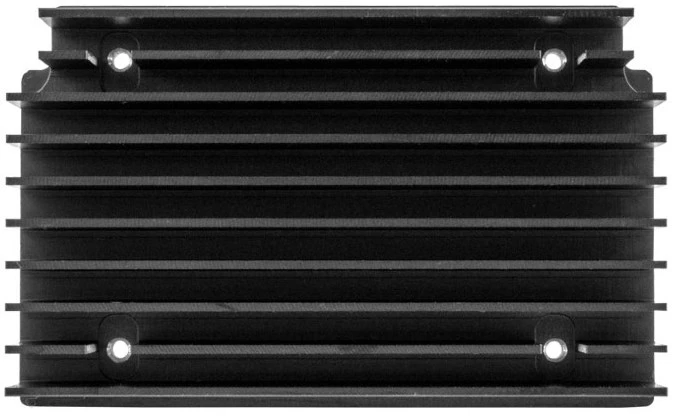
Figure-3
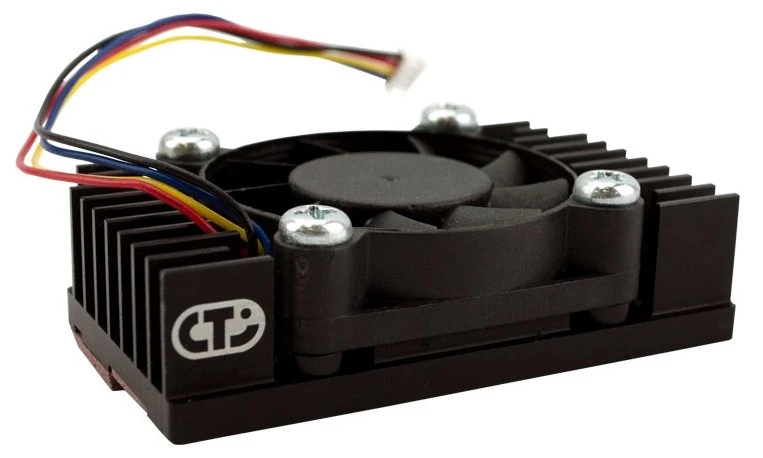
Figure-4
3. Software Stack (JetPack SDK)
To run applications on Jetson, NVIDIA provides the JetPack SDK, which includes:
- Linux OS (based on Ubuntu)
- CUDA and cuDNN
- TensorRT for optimized AI inference
- Libraries and tools for computer vision and deep learning
To learn more about Jetson software stack you can get more detailed information from here
Jetson Family Products: Choosing the Right Form Factor
To harness the computing power of Jetson modules in real-world applications, NVIDIA and its ecosystem partners offer several hardware formats tailored to different stages of development and deployment. These include:
1. Developer Kits
Jetson Developer Kits are designed for experimentation, prototyping, and learning. They include a Jetson module (usually with non-production specs) mounted on a reference carrier board that exposes standard I/O interfaces—USB, HDMI, Ethernet, camera ports, and more. These kits are ideal for: Developers building and testing AI models and software Students and hobbyists learning about edge AI and robotics Rapid prototyping before moving to a custom production design Popular examples include: Jetson Nano Developer Kit Jetson Orin Nano Developer Kit Jetson AGX Orin Developer Kit
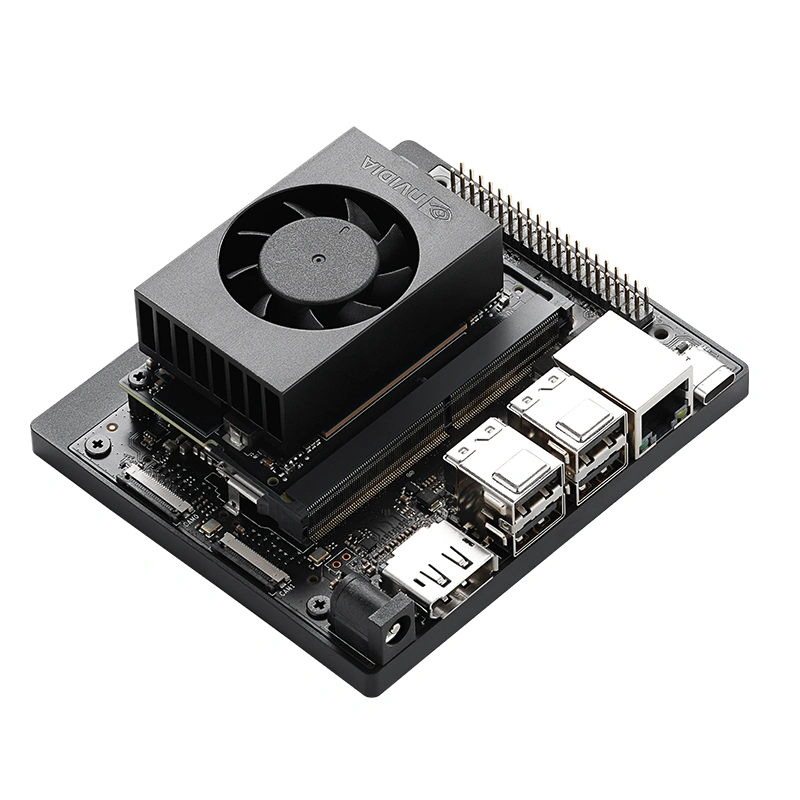
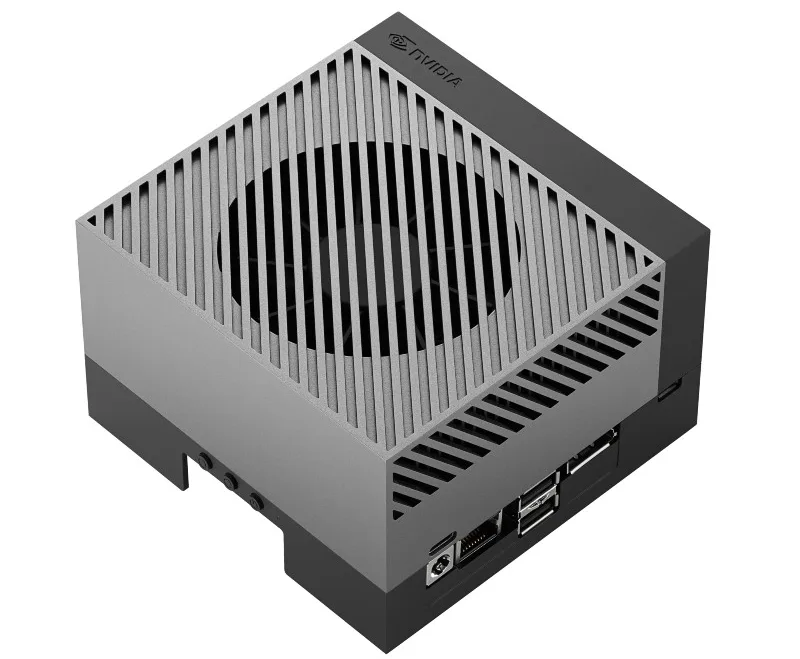
2. AI Kits (or Robotics Kits)
AI Kits are targeted toward integration into robotics or embedded systems where compact size, modularity, and flexibility matter more than environmental protection. These kits are useful when: You’re embedding the Jetson into an enclosed robot or device The system operates indoors or in controlled conditions You don’t require rugged enclosures or IP-rated protection. They offer a balance between development flexibility and integration readiness.
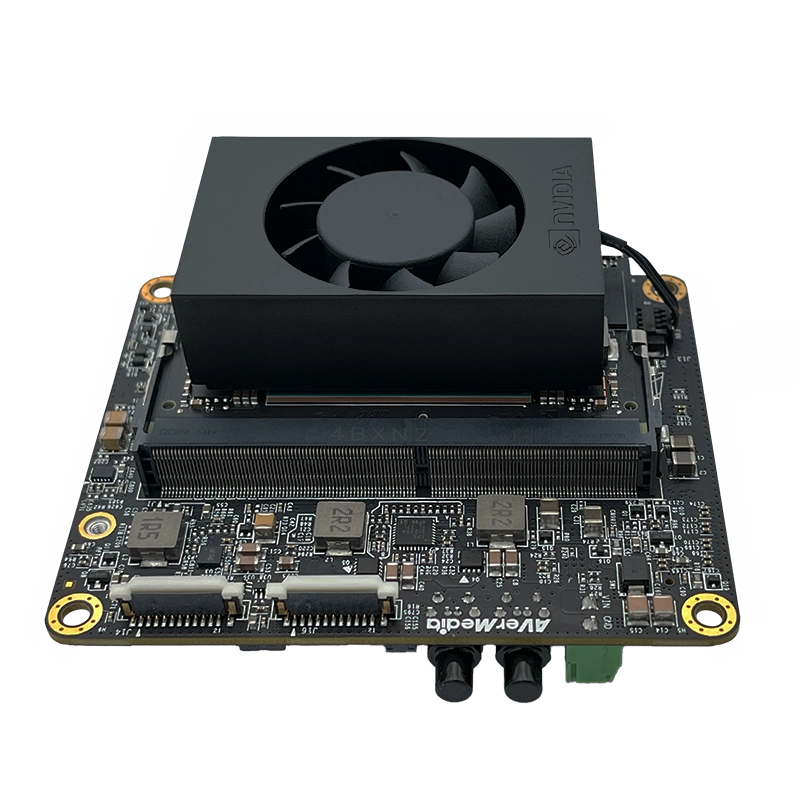
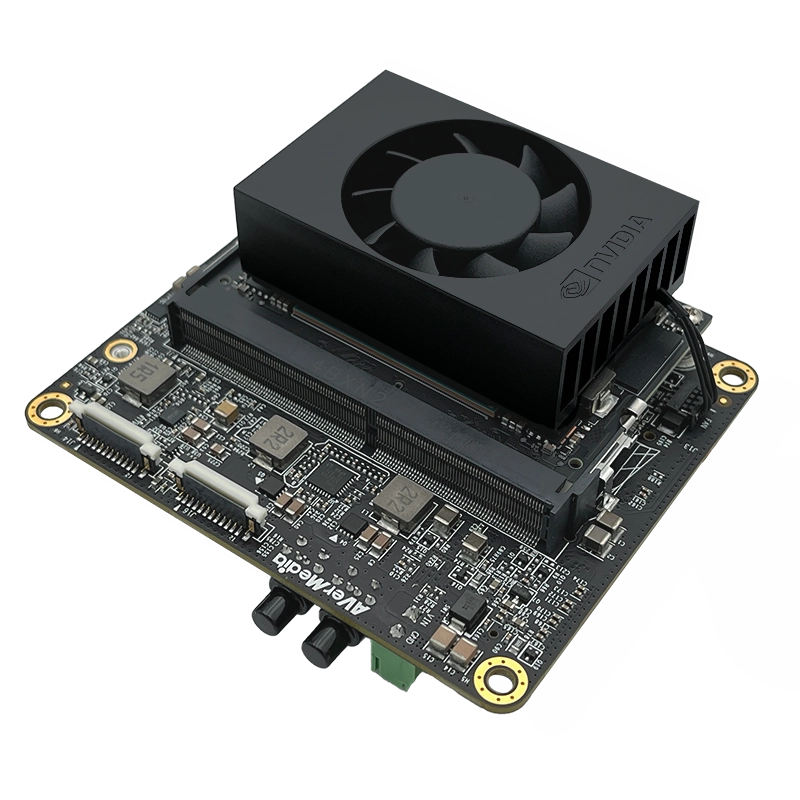
3. Box PCs (Industrial Edge Computers)
For industrial or outdoor deployments, Box PCs offer a ruggedized, production-ready solution. These units enclose the Jetson module within a sealed, fanless chassis that often meets IP65 or higher environmental protection standards. You should consider a Box PC if: Your system needs to operate in harsh environments (dust, rain, vibration, temperature extremes) You’re deploying AI at the edge in locations like factories, construction sites, vehicles, or outdoors You require long-term reliability and durability
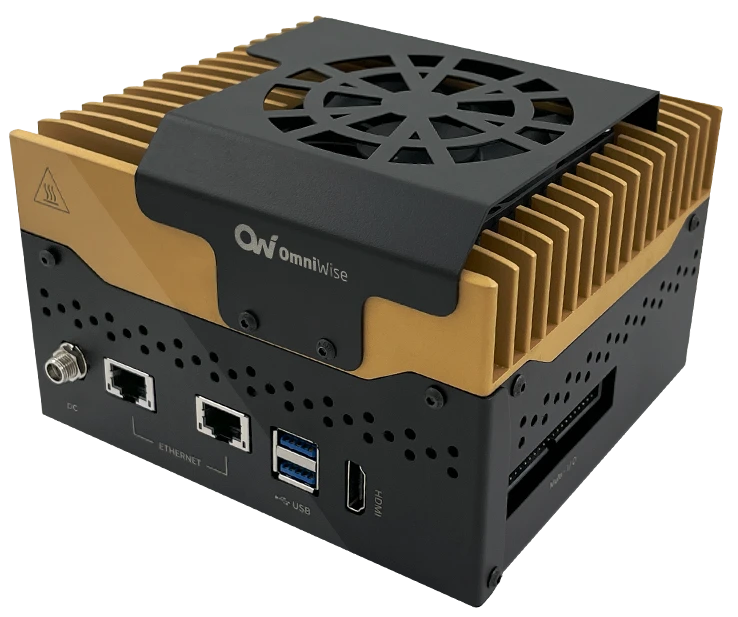
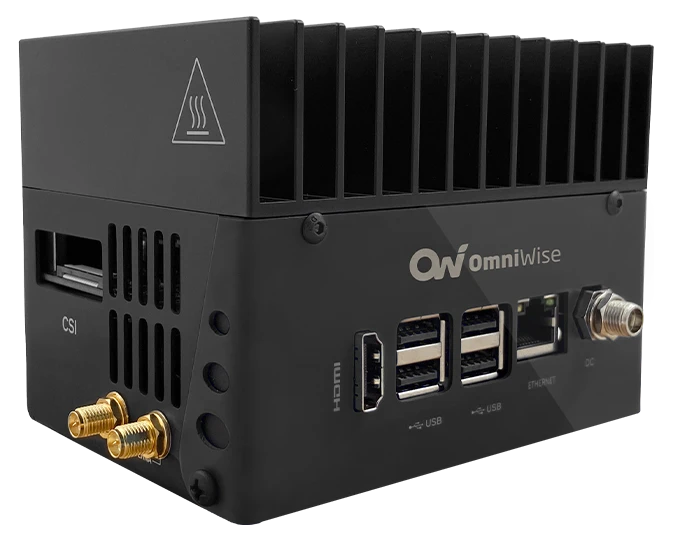
Final Thoughts
In summary, the NVIDIA Jetson module is a System-on-Chip designed for edge AI, but it needs the right support system—a carrier board, cooling solution, and proper software stack—to become a fully functional, intelligent device. Whether you’re an AI researcher, a robotics engineer, or a startup founder, Jetson provides the tools to build the future of smart, connected systems at the edge. aetherix.com